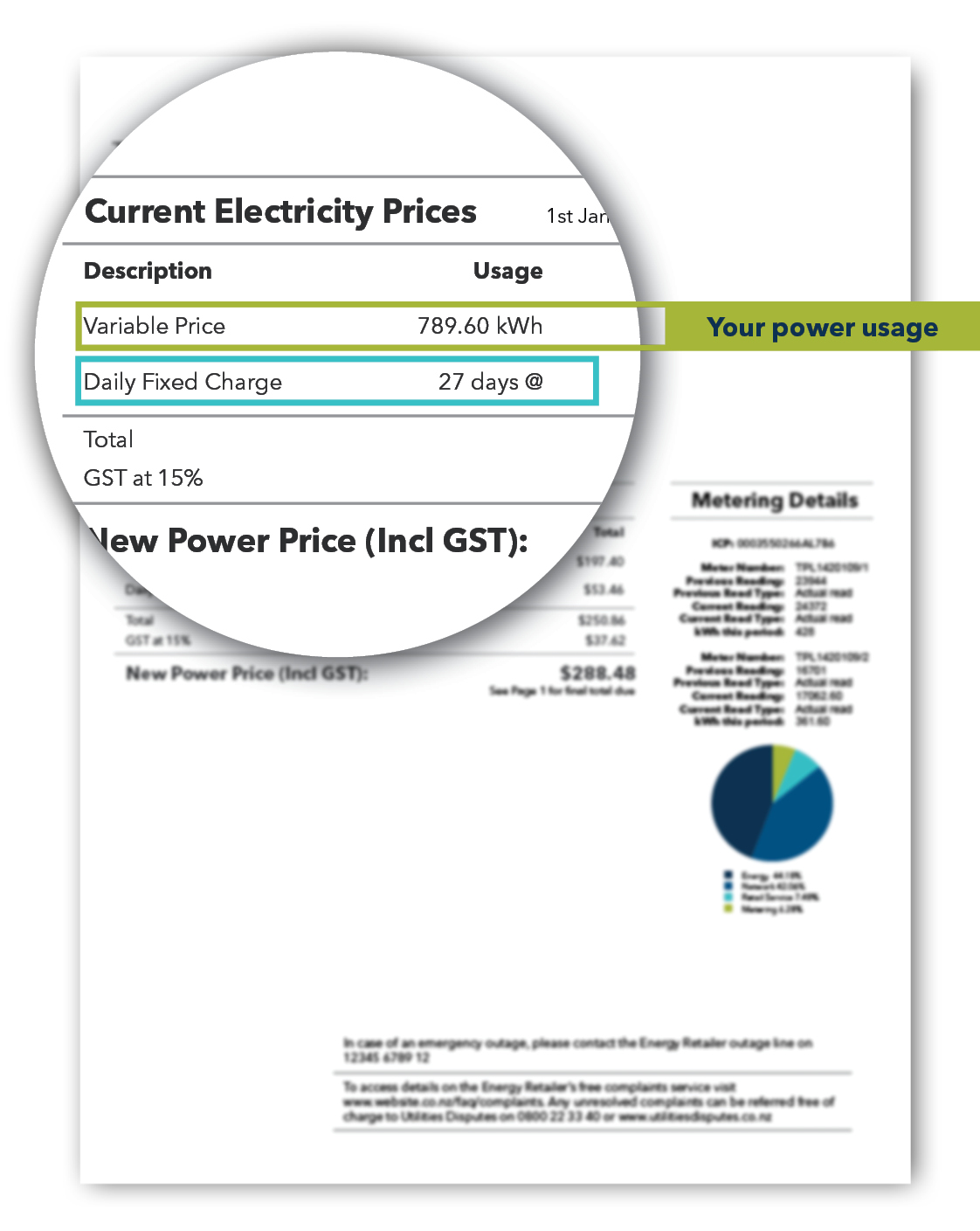The Electricity Value Chain
This diagram shows how electricity is supplied to you via the electricity value chain in Aotearoa.
Power stations generate electricity from water, wind, geothermal gas and coal
Transpower moves the electricity across the country via the high voltage power lines called the national grid
Alpine Energy takes electricity from the national grid and lowers the high voltage electricity for local use
Alpine Energy distributes the electricity to your home or business via power lines and underground cables
Retailers sell electricity to customers and deal directly with you
You use the electricity provided to power your home or business
Alpine Energy distributes electricity, via our network of poles, power lines, cables, and other infrastructure, into homes and businesses across the South Canterbury region. We have a responsibility to maintain and upgrade the network to continue to bring you a safe and reliable power supply. Our assets have long lives, so it is important that we invest in high-quality infrastructure to meet the needs of our communities in the future.
Understanding your power bill
Your power bill comes from your electricity retailer, and it bundles up a range of different costs into one bill.
Did you know?
Our lines charges make up about 38% of your total power bill
– transmission and distribution.
These costs are:
32% GenerationThis is the cost of producing the power. Electricity is produced from various sources such as hydro dams, wind farms and thermal power stations across Aotearoa.
11% TransmissionThis covers the cost of getting the electricity from where it is generated to our region. It includes the cost of maintaining and operating the national grid by Transpower.
27% DistributionThis cost goes to your electrical distibution company, which in South Canterbury, is Alpine Energy and is generally referred to as “distribution price”. We take the electricity from the national grid and get it to your home or business. This portion of your bill pays for maintaining and upgrading the poles, power lines, cables and other infrastructure, and responding to faults or outages when they happen. This price also covers building new assets to continue to supply the community as it grows.
17% Retail & otherThis cost goes to your chosen electricity retailer and the company that reads and maintains your electricity meters, covering the administrative costs of selling you electricity.
13% GSTThis is the Goods and Services Tax (15% of pre-tax amount, 13% of total amount).
Percentages are approximate. GST percentage is calculated from the total amount after GST has already been applied.
The final bill that you see will have two different parts:
A daily fixed charge (displayed as cents per day) It covers meter rental, meter reading costs, and our delivery prices. The retailers usually bundle these charges and reflect this as a fixed fee.
A variable price (based on your power usage) How much you have used is shown as units or kilowatt hours (kWh), while the rate that your usage is charged at is shown as cents per unit or kilowatt hours (c/kWh).
GST is charged on the total.

“We are regulated by
the Commerce
Commission and the
Electricity Authority.”

